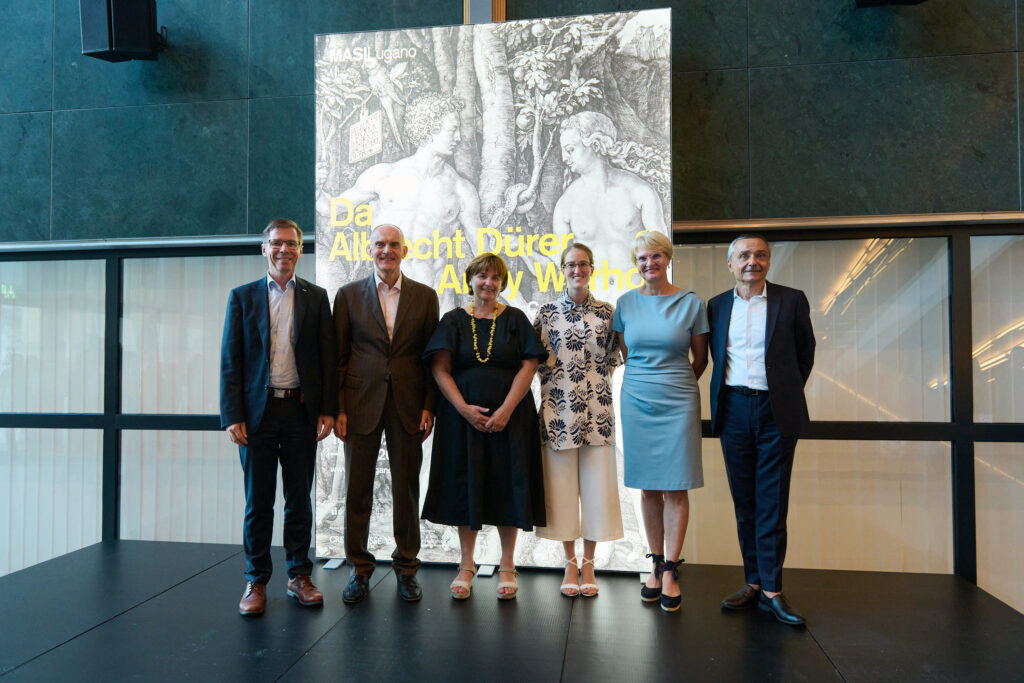Discover ETH Zurich’s Art Collection in Lugano
December 14, 2023ETH Zürich is nationally and internationally recognized and renowned – but not everyone knows about its exceptional and valuable collection of prints and drawings. Until 7 January 2024, the Museo d’arte della Svizzera italiana (MASI) in Lugano is offering a unique opportunity to discover around 300 masterpieces from this collection. In the exhibition “From Albrecht Dürer to Andy Warhol. Masterpieces from the Graphische Sammlung ETH Zürich“, we are showing works by leading figures as Rembrandt van Rijn, Francisco de Goya, Egon Schiele, Käthe Kollwitz, Pablo Picasso, alongside pieces by living artists as Miriam Cahn, Candida Höfer and John M Armleder – both a feast for the eyes and an interesting and instructive tour through art history.

When the Graphische Sammlung ETH Zürich was founded in 1867, one would not have foreseen that it would grow to become one of the largest of its kind in Switzerland. Originally, it was established as a university collection intended to serve study and teaching activities. Its initiator Gottfried Kinkel, who was also Professor for Art History and Archaeology at the Swiss Federal Polytechnic, was aware of the importance of such a collection. He noted that “a teacher of modern art [needs] a large number of illustrations, because all forms of art strike us more closely via the eyes than via the ear”. Ever since, Kinkel and his successors have discussed and explored the collection in their classes. Since then, it has developed into an institution of international renown. With some 160,000 works on paper, it is one of the largest and most significant collections of its kind in Switzerland. In short: a traditional university collection has also become an important art collection attracting people interested in art.
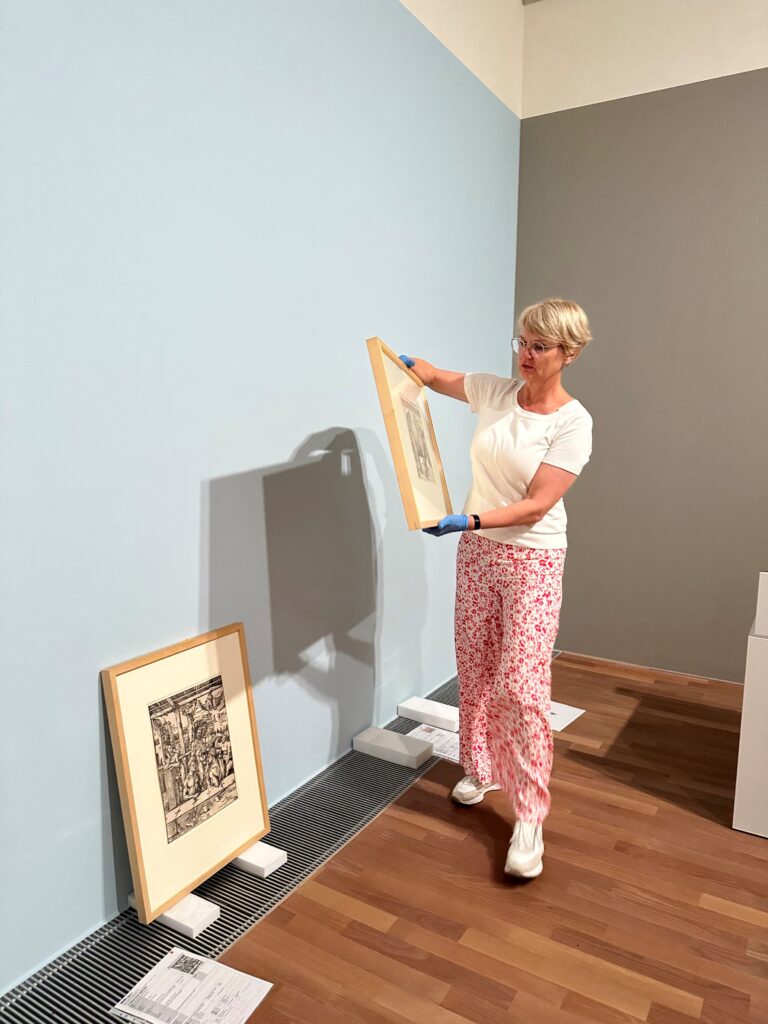

Usually, we store the fragile artworks well-protected in the depot or present them in smaller temporary exhibition. For the first time, we are now showing around 300 of our highlights from the 15th century to the present day. As one can imagine, it was no easy task to select from the 160,000 works in the collection. I had to cross many gems off the list again, even though they would undoubtedly also have been among the works particularly worth seeing. The ultimate selection takes the visitor on a journey through the centuries. My intention is to show our masterpieces and at the same time tell people stories and little-known facts on the origins, functions and importance of these works through the centuries.
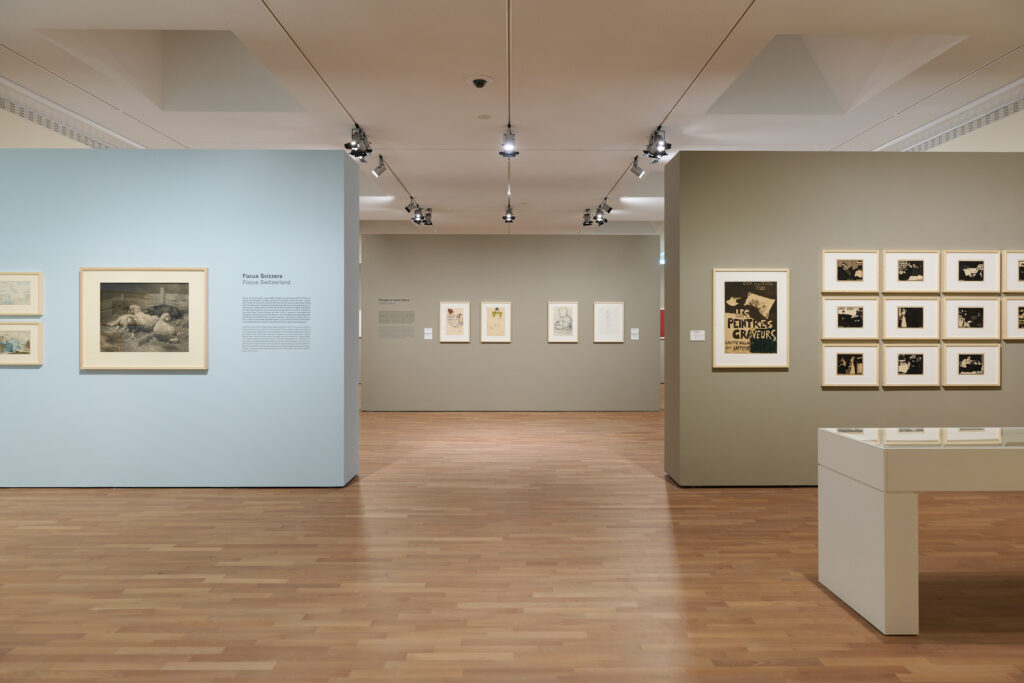
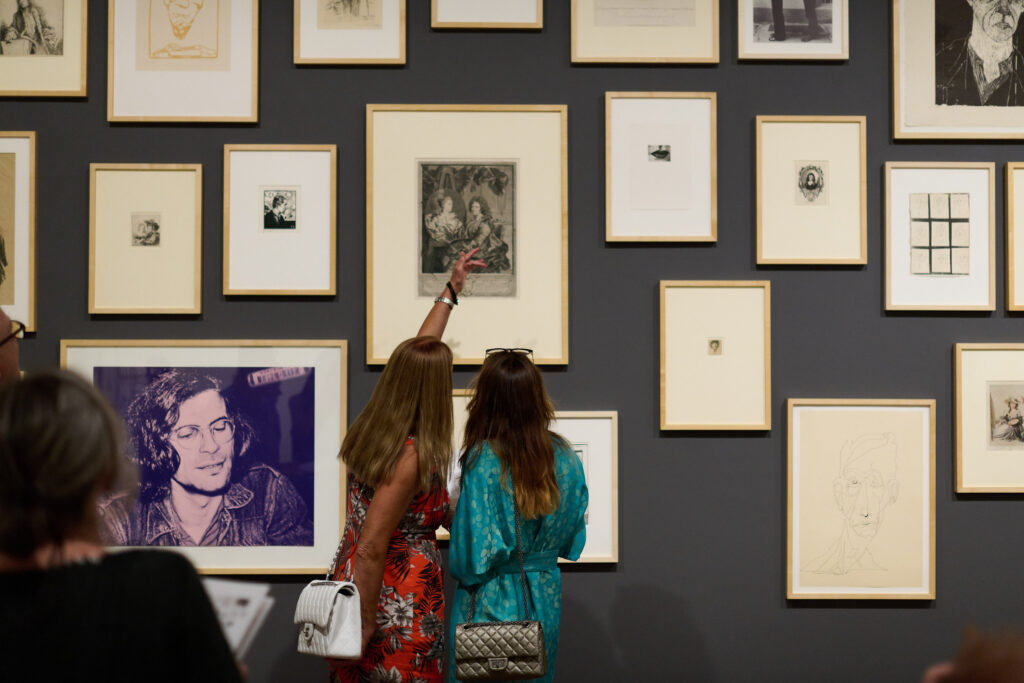
Let me briefly mention one example from a previous century: Albrecht Dürer’s wonderful woodcut “The Rhinoceros” of 1515. It is based on a live rhinoceros that had arrived by ship in a suburb of Lisbon, which was a great sensation at the time. Although Dürer did not see the animal himself, he immediately set out to design a print of it, instead relying on descriptions from a letter which also contained a drawing of the rhinoceros. Although Dürer’s intention was to follow reports about the animal’s appearance as closely as possible, some details, however, such as the small second horn located between the shoulders, are completely invented. Still, his depiction was so convincing that it shaped European conceptions of the rhinoceros for centuries. Examples from the 20th and 21st centuries are given proof of the fact that for contemporary artists, it is still important to work with different printing techniques, as for example Vera Molnar who utilises computers since the early 1970s, and is considered a pioneer in this cross-technological field. Or for example Christiane Baumgartner, who transfers film stills into large woodcuts.
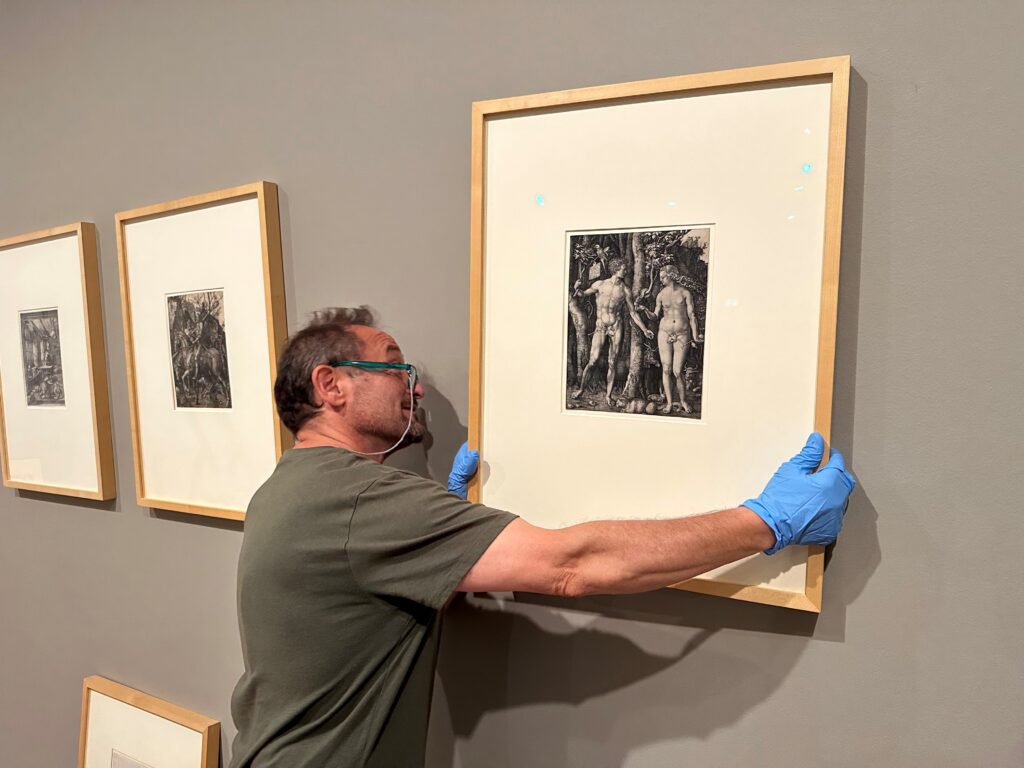
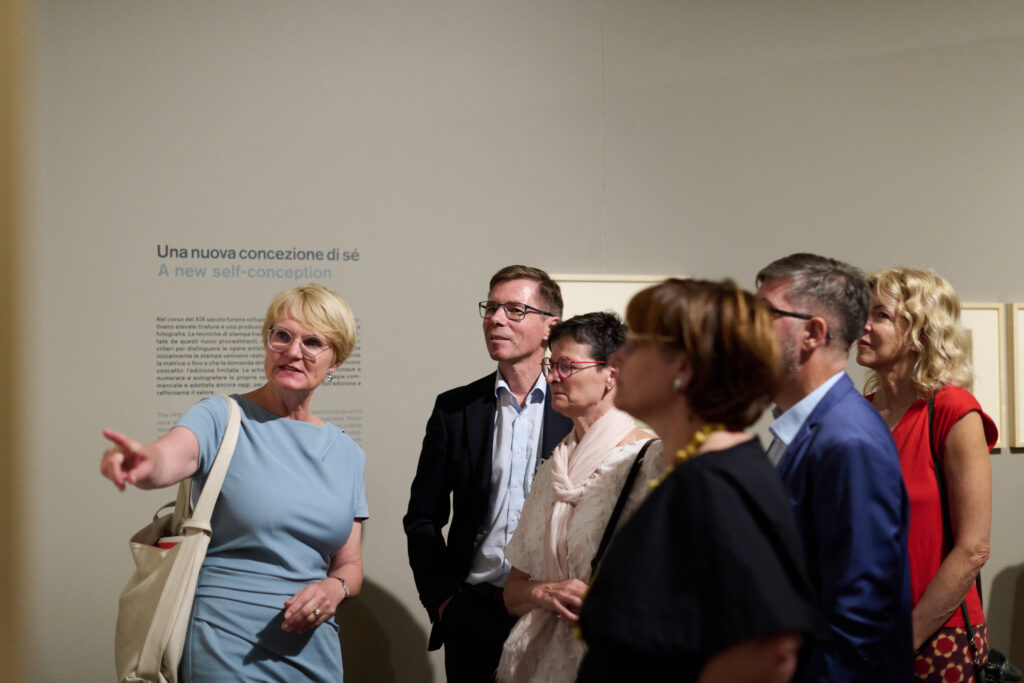
Besides, you can also discover drawings by Alberto Giacometti or Egon Schiele, see photographs by Fischli / Weiss or artist’s books by Meret Oppenheim. Even though I had to make a rigorous selection, I am delighted to be able to show some exceptional treasures to a wider audience.
